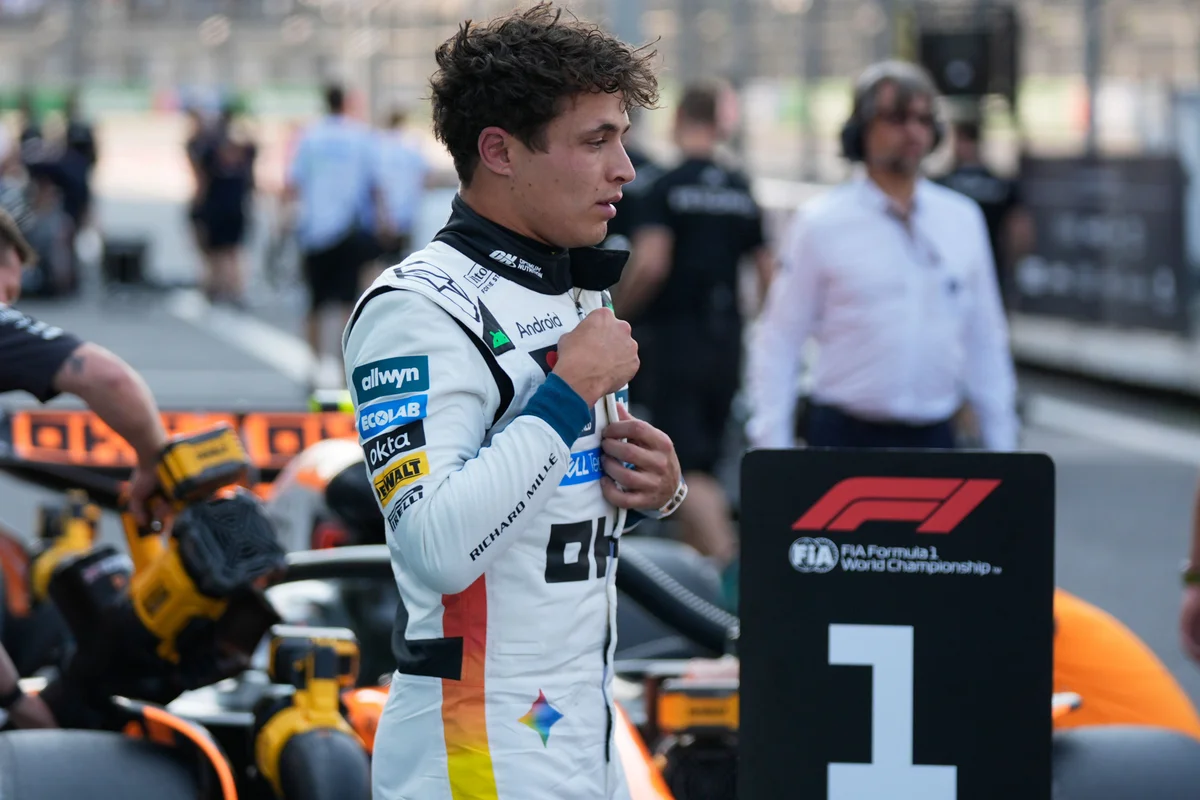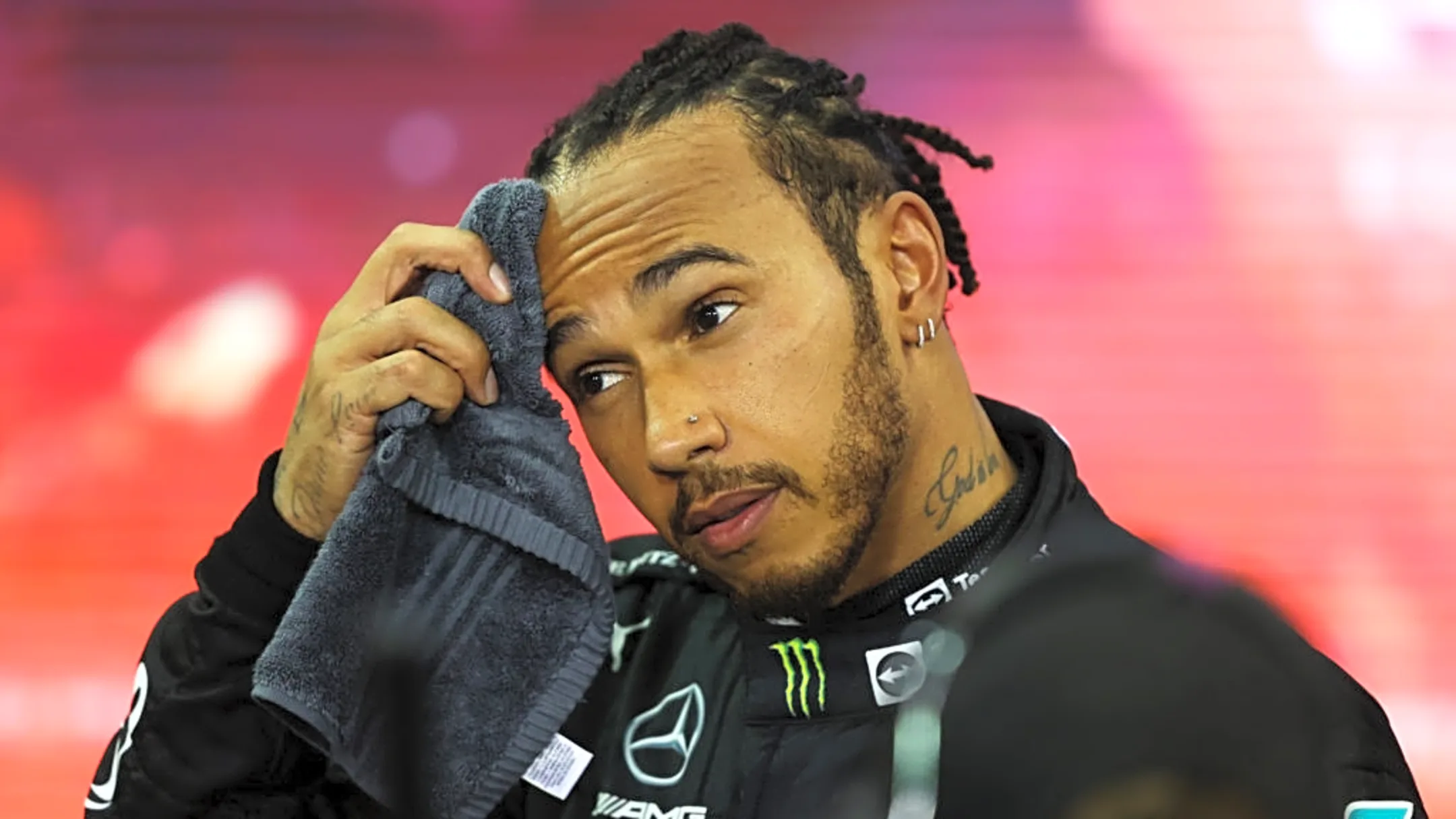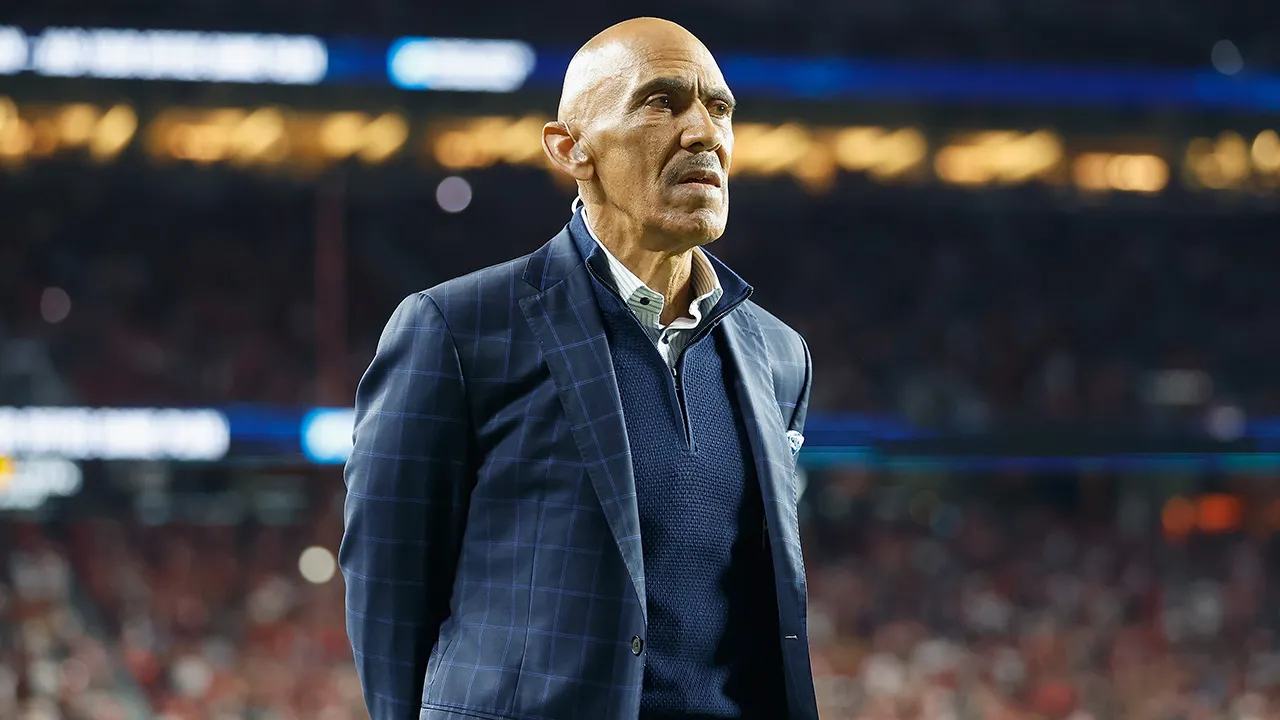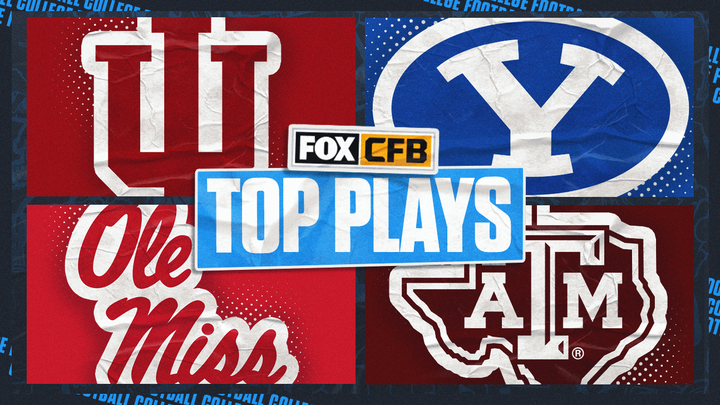Copyright cityam
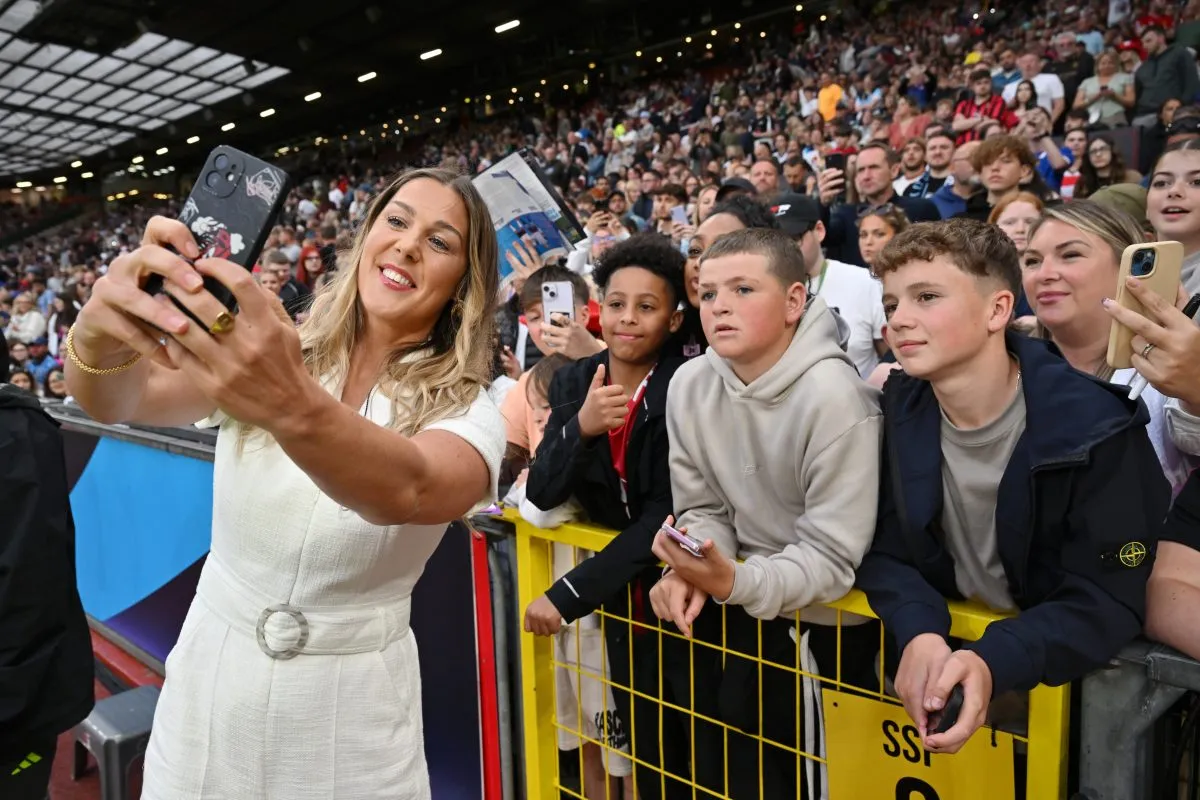
Mary Earps has hit the headlines this week, and provoked a conversation about culture in women’s football “Things have escalated really quickly today, women pitted against each other. It’s gut-wrenching to be portrayed as someone you’re not. I know that the negative is what gets clicks, but it’s sad that’s the only thing being discussed.” If she didn’t know it already, Mary Earps’s gauche comments about her successor as Lionesses goalkeeper, Hannah Hampton, have taught her that if you live by social media you will be tried by it too. They may have justified whatever serialisation fee she has been paid by The Guardian for her autobiography, but are unlikely to shift any extra copies of the book itself. Probably the opposite. If you missed the furore over Earps’s complaint that Hampton’s recall to the England squad was “rewarding bad behaviour”, count yourself lucky. Her observation and the resulting pile-on were both unedifying. Earps may, though, have done women’s football an inadvertent favour in reigniting debate about its culture and whether, in the attempt to carve out something distinctive, the women’s game is still binding itself too closely to its male counterpart. Female athletes across sport, not just in football, are using social media to powerful effect in building personal – and by extension collective – brands. Addressing new audiences directly online is akin to painting on a blank canvas. Earps opportunity Women’s sport has the opportunity to appear what it wants to be. There is a tension, however, between authenticity and image, and Earps has discovered that when an attempt at the former contradicts the latter then the unintended consequences can be painful. In a rush for growth, pump-primed by clubs, sponsors and governing bodies, women footballers are increasingly expected to be brand ambassadors, role models, and influencers, all while navigating the emotional minefields that are an inevitable part of elite sport. The pressure to curate a public persona, to live by likes and retweets, risks turning dressing room dynamics into PR crises. Men’s football, of course, is riddled with personality clashes. They are integral to the soap opera. But ultimately, the game’s the thing. No single conflagration goes to the essence of the sport in the way that Earps’s has inadvertently done in recent days. That’s not some “men are from Mars, women are from Venus” distinction. Rather it reflects the deeper roots the men’s game has. As the leaders of women’s football plot its growth, they must ask themselves just how much they want it to mirror the men’s game – warts and all – and how they might craft distinguishing features that would create durability and marketability. For now, social media is a useful accelerant, but ultimately the game must be the thing for women’s football too. There’s a seductive logic to copying the men’s model. Big clubs, big stadiums, big sponsors. But what if the women’s game is better served by not following that path? Resolutions Perhaps start with the calendar. The Women’s Super League runs through the winter, competing with the Premier League, Champions League, and a generally saturated football schedule. Why not flip it? A summer season could offer clearer airwaves, better weather, and a chance to dominate the football conversation when the men’s game is drawing breath. Structure the WSL to culminate in US-style play-offs in September/October and follow them with a Women’s FA Cup final in autumn half-term. A summer season could also open doors to new audiences. Families and casual fans might be more inclined to attend matches in July than in January. It’s a chance for women’s football to build a distinctive rhythm, not just a parallel one. Such a shift might help address the conundrum of club ownership. Most leading women’s teams in England are tethered to the top men’s clubs. The benefits are obvious: infrastructure, funding, brand recognition. But there are risks too. Women’s teams can become secondary priorities, vulnerable to budget cuts or strategic shifts in the men’s game. Break the women’s calendar from the men’s and there is the possibility to strengthen the commitment to women’s teams operating in the shadow of the men. Carve out a greater overall audience for women’s football and there is a greater opportunity too for standalone women’s clubs to thrive. Earps controversy London City Lionesses currently sit sixth in the WSL in their inaugural top-flight season. They may yet prove a unicorn, but the women’s game would surely be better for a growing group of independent clubs capable of competing with those operating under heritage men’s brands. Ultimately, the future of women’s football depends on its ability to build a distinctive audience, not just a derivative one. That means being very clear-minded about what makes it different, or what can be changed to ensure that it is different, and then embracing and amplifying that distinctiveness. This will require a degree of bravery to go with the pioneering spirit evident among its leaders and which has served the women’s game so well to date. There can be no doubt that women’s football is challenged, though. This week The Times highlighted flatlining WSL attendances over the opening six rounds of the current season, in spite of the England team’s Euros triumph this summer. Growth will never be in a straight line and the development of an audience in recent years has been impressive. Nevertheless, ingraining habits among spectators is essential if the women’s game is to thrive – and many other sports for both men and women will testify to the difficulties in turning casual interest into deep commitment. Mary Earps’s book may have sparked controversy, but if it helps women’s football ask itself hard questions about culture, identity and direction that would be no bad thing. It needn’t slavishly follow the path trodden before it by the man’s game; nor does it have to strike out entirely on its own. Its choices are not binary, but they are urgent. I spotted the above notice before a muddy race at the weekend. Hoorah for a commonsense approach in today’s litigious world which recently saw one cricket ground closed because of the risk from sixes. I guess a “no win, no fee” lawyer might want to pick holes though. On the adjoining football pitch came a cry of “watch out for the flick on!” as a long throw was speared into the penalty box. A case of grassroots football aping current Premier League fashion? Or has top flight football merely come full circle? I’ve recently returned from Turkey where our guide in Ephesus claimed that the wings on this statue of the goddess Nike inspired the shoe company’s famous swoosh logo. I can’t quite see it myself. Maybe there are other statues of the goddess which strike a closer resemblance, but I overheard various other guides that morning peddling the same line. And thus a legend takes roots and grows. Incidentally, histories of Nike – the company not the goddess – relate that designer Carolyn Davidson was paid $35 for her logo creation back in 1971. Ed Warner is chair of GB Wheelchair Rugby and writes his sport column at sportinc.substack.com
